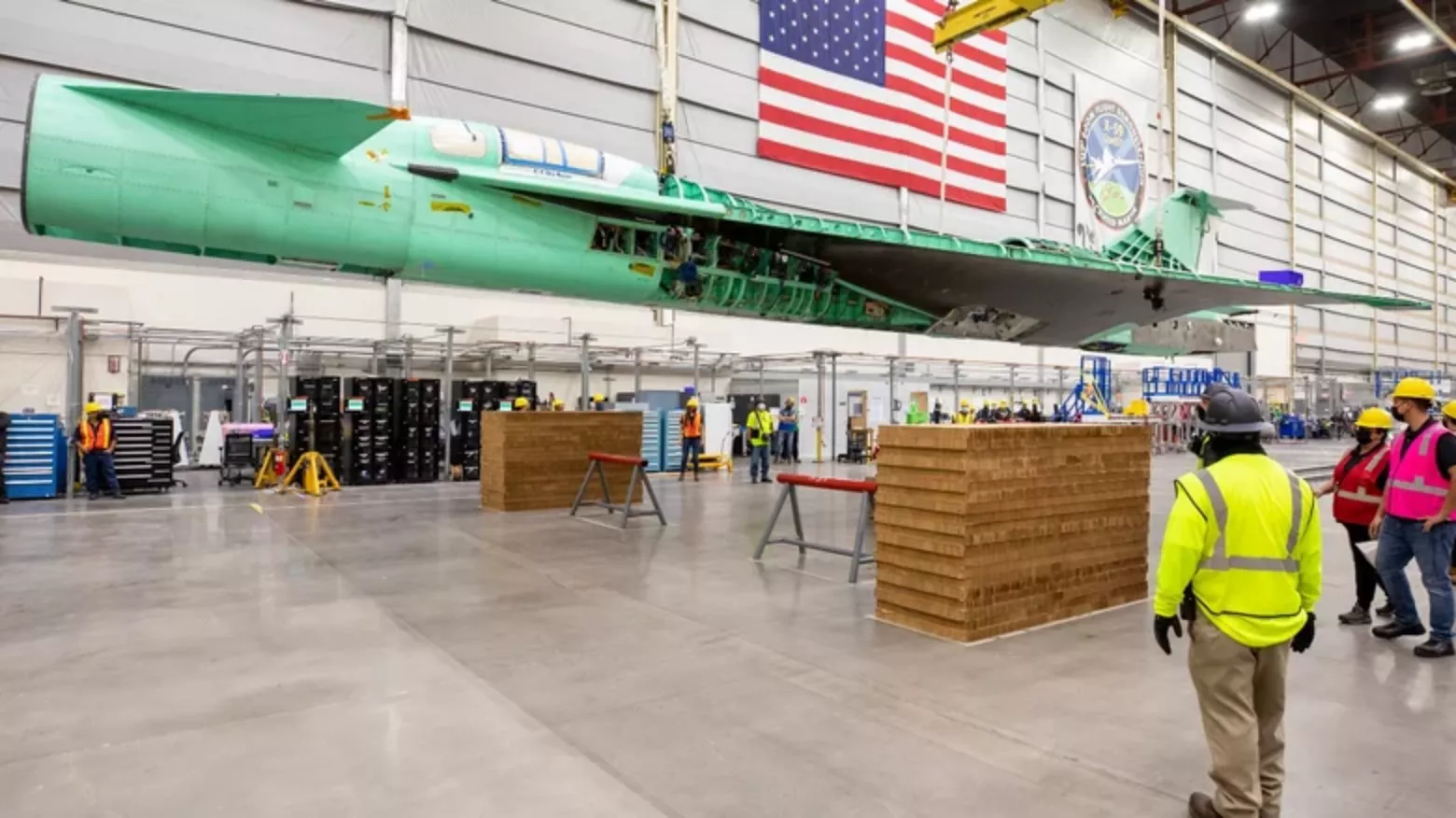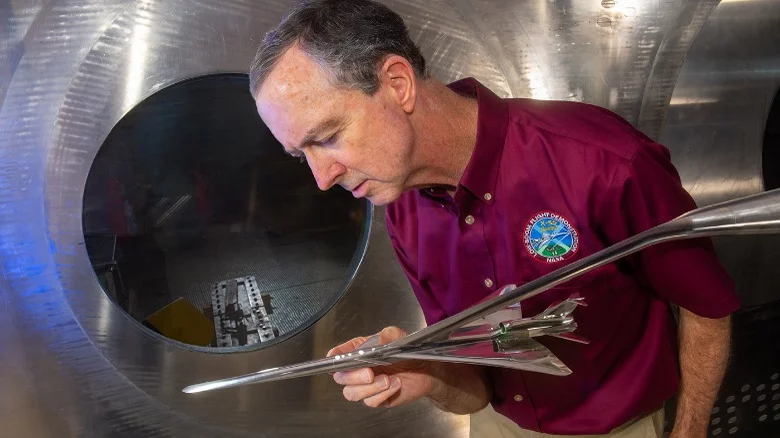I believe you have heard that NASA is developing a supersonic aircraft - Lockheed Martin's x-59 quesst - for some time. It is reported that the "quesst" in the title of the aircraft is an abbreviation: these letters represent Quiet Supersonic Technology.

The aircraft and the technology are part of a project that until recently was known as the low boom flight demonstration. Now, the project has been developed for more than four years, and it has been given a change of name with the help of NASA's latest vision for the future. NASA announced in an official blog post that it was changing the name of the project to a simpler "quesst".
In addition to the new name of the project, NASA also announced the new identity of the mission, which will have a new blue-green logo. According to NASA, these colors represent the elements of quesst. According to NASA, the image "highlights the breakthrough research to be carried out in several cities in the United States during this mission".
What is NASA quesst

It is understood that one of the main problems related to supersonic aircraft is their frightening noise. The thunderous sonic boom associated with these aircraft is one of the reasons why the U.S. government has banned all supersonic land flights. For decades, scientists and aerospace engineers have been looking for a solution to this problem. In 2016, NASA announced the low boom flight demonstration project, which provided additional impetus for researchers' efforts. It is reported that the goal of the project is to design an aircraft that flies faster than sound, but does not produce related sonic booms.
Lockheed Martin became the only bidder for the project in 2016, and the actual work of the project began in 2018. Recent reports indicate that the supersonic aircraft developed by Lockheed Martin and NASA is rapidly approaching completion. The x59 will certainly not be a completely noiseless aircraft, but NASA has hinted that its sound when breaking through the sound barrier will significantly reduce the interference to all those around it.
As of today, NASA is working with selected communities to check their response to the reduced sound of the x-59. In addition, the agency also plans to share the research results with regulatory authorities and hopes to lift the ban on commercial supersonic flights over land. If NASA succeeds in this project, it may pave the way for the possible resumption of commercial supersonic flight for the first time since the demise of Concorde.